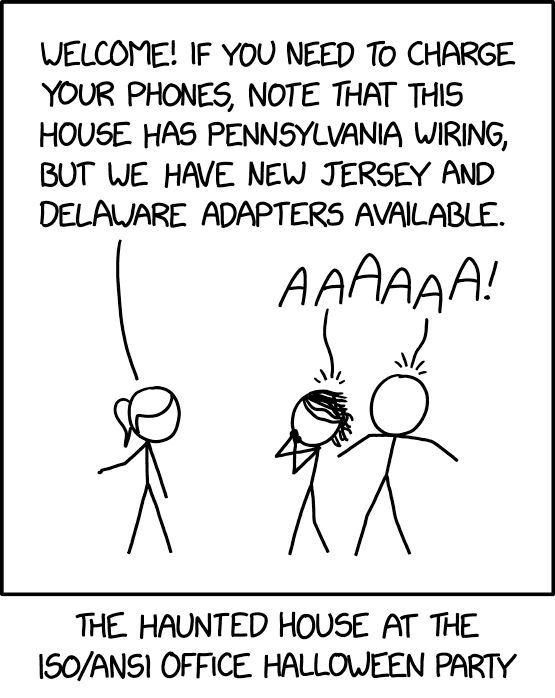

There are three parts to the whole push system.
- A push protocol. You get a URL and post a message to it. That message is E2EE and gets delivered to the application.
- A way to acquire that URL.
- A way to respond to those notifications.
My point is that 1 is the core and already available across devices including over Google’s push notification system and making custom push servers is very easy. It would make sense to keep that interface, but provide alternatives to 2 and 3. This way browsers can use the JS API for 2 and 3, but other apps can use a different API. The push server and the app server can remain identical across browsers, apps and anything else. This provides compatibility with the currently reigning system, the ability to provide tiny shims for people who don’t want to self host and still maintains the option to fully self host as desired.








But it isn’t, because they depend on framer-motion and React. JSX is, but the icons aren’t.
You can trivially provide on-hover animations using CSS in SVG then your icons are framework agnostic. Not to mention smaller to download and more efficient to execute.